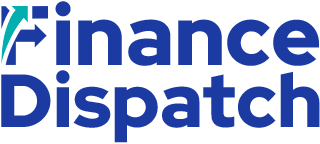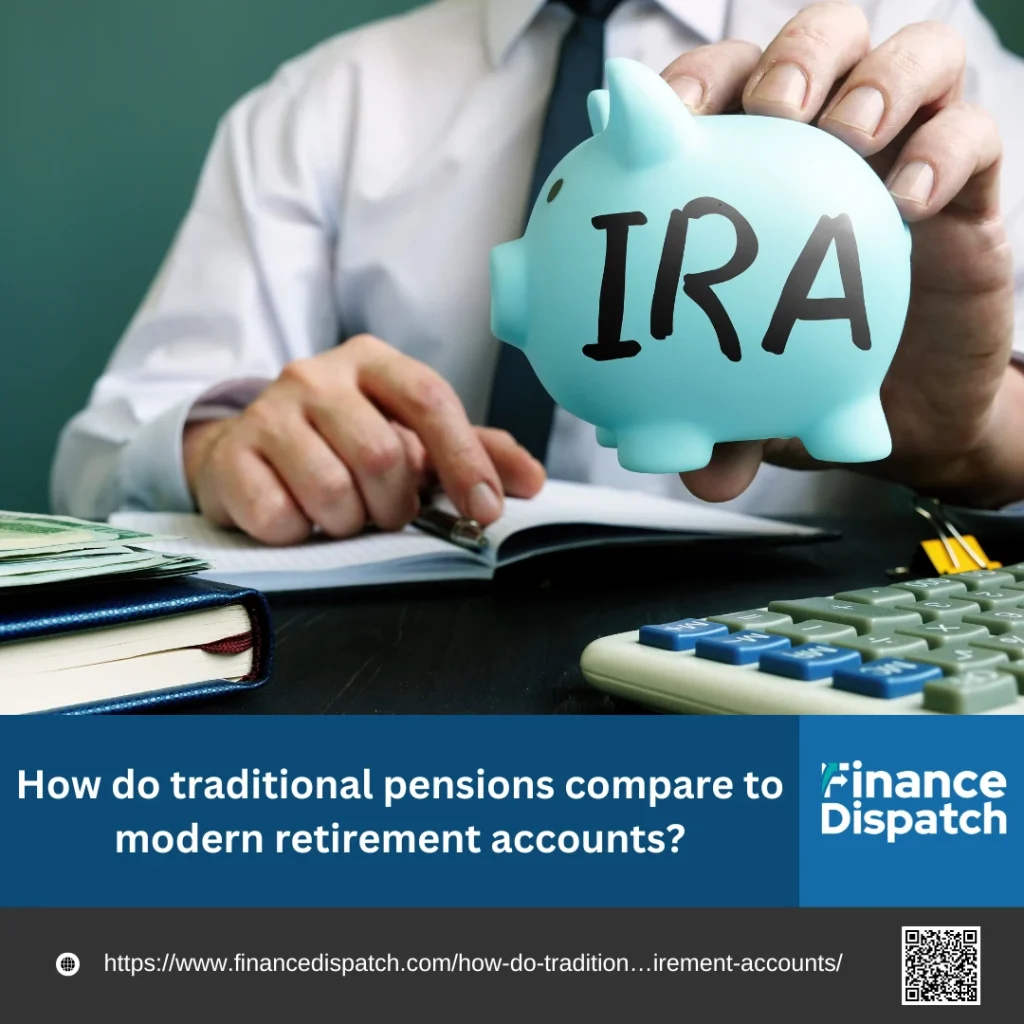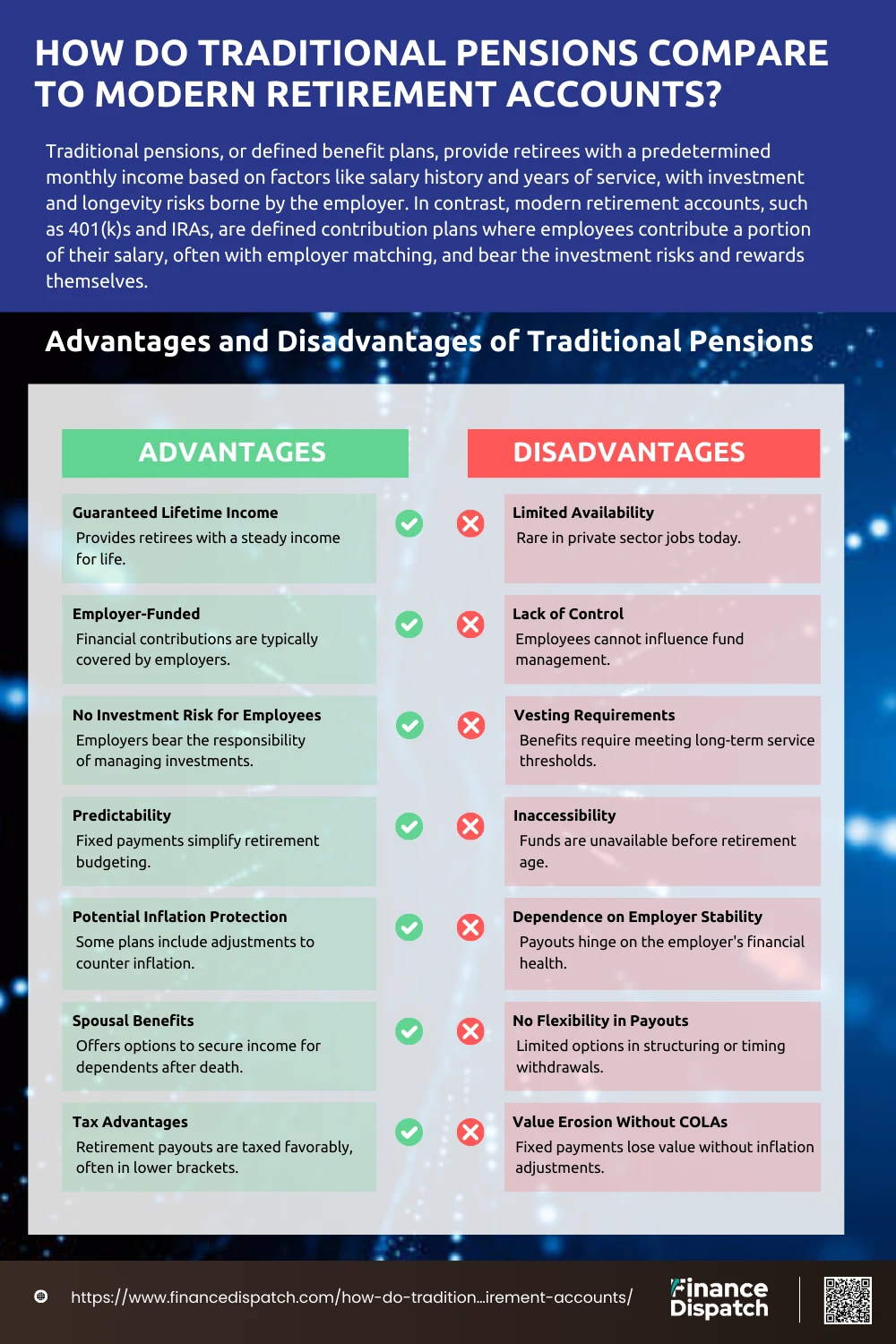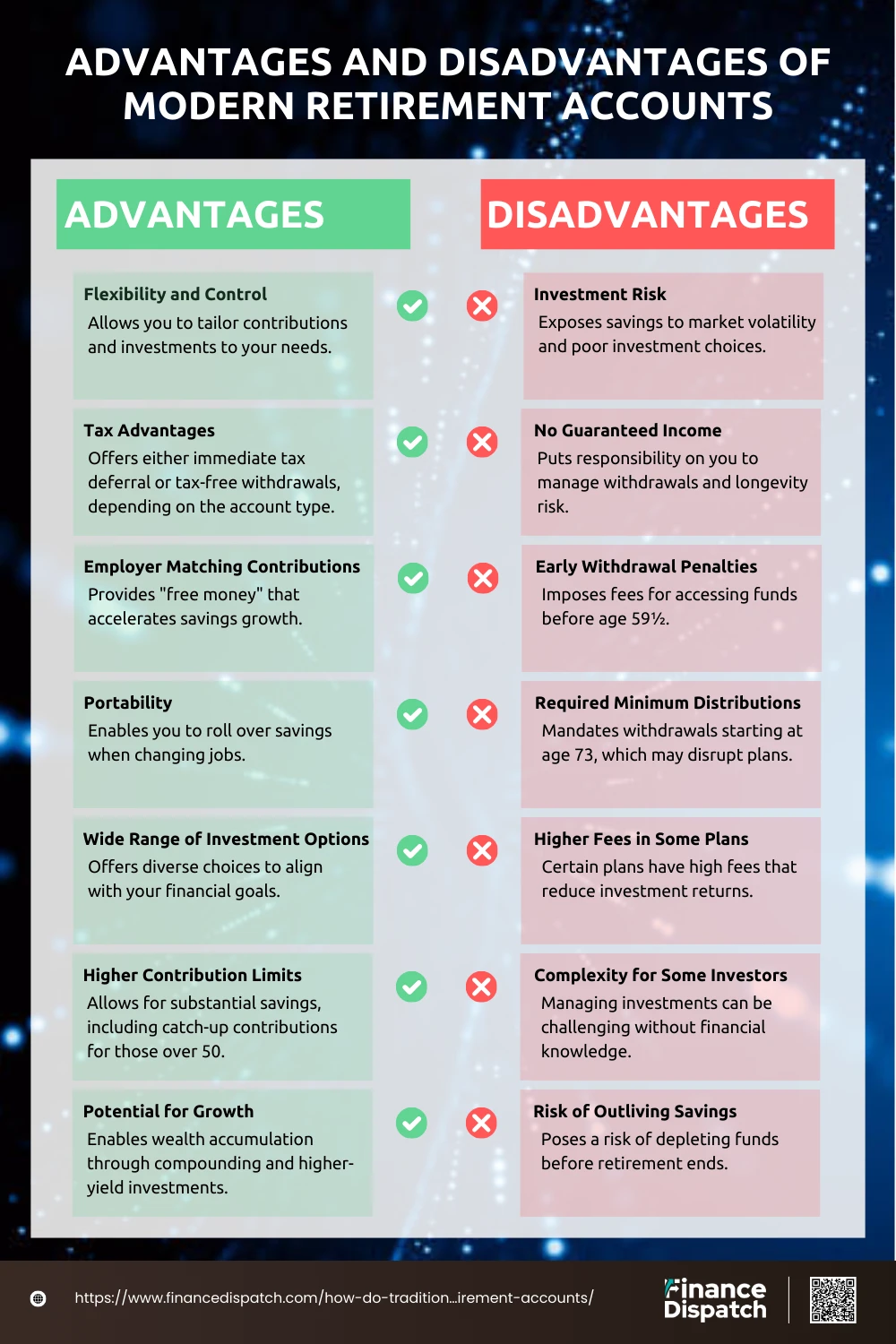When planning for retirement, the choices you make can significantly impact your financial security in the years to come. Among the options available, traditional pensions and modern retirement accounts, like 401(k)s, offer distinct advantages and challenges that cater to different needs and lifestyles. While pensions provide a reliable, guaranteed income for life, 401(k)s emphasize flexibility and personal control over your investments. Understanding the differences between these two retirement options is key to making informed decisions that align with your financial goals and retirement aspirations.
Understanding Traditional Pensions
Traditional pensions, often referred to as defined benefit plans, represent a long-standing approach to retirement savings. These plans are typically employer-funded, with some requiring additional contributions from employees, and they promise a guaranteed monthly income for life upon retirement. The amount you receive is usually determined by a formula that considers factors like your years of service, final salary, and a percentage multiplier. One of the standout features of traditional pensions is the stability they provide—retirees don’t have to worry about managing investments or market fluctuations, as the employer bears the financial and investment risks. However, pensions are increasingly rare in the private sector due to their cost and complexity, now primarily found in government jobs and unionized industries. For employees, this means fewer opportunities to enjoy the predictable income that traditional pensions offer, making it crucial to understand their benefits and limitations.
Features of Traditional Pensions
Traditional pensions, or defined benefit plans, are a cornerstone of retirement security for many public sector employees and some private sector workers. These plans provide a predictable, guaranteed income after retirement, offering financial stability and peace of mind. Unlike modern retirement accounts, the burden of investment management and performance lies with the employer, not the individual.
Key Features of Traditional Pensions:
- Guaranteed Lifetime Income: Retirees receive a fixed monthly payment for life, calculated based on salary, years of service, and a percentage multiplier.
- Employer-Funded: The majority of contributions are made by the employer, with minimal or no required input from employees.
- No Investment Risk for Employees: Employers handle investment decisions, shielding employees from market volatility.
- Vesting Requirements: Employees must work a specific number of years to qualify for full benefits, often between five to seven years.
- Survivor Benefits: Many pensions offer options for continued payments to a surviving spouse or designated beneficiary.
- Tax Advantages: Pension payouts are taxed as regular income, but retirees avoid capital gains taxes on the growth of the fund.
- Protection Against Inflation: Some plans include cost-of-living adjustments (COLAs) to preserve purchasing power over time.
- Longevity Risk Mitigation: Unlike defined contribution plans, pensions ensure retirees don’t outlive their retirement savings.
Overview of Modern Retirement Accounts
Modern retirement accounts, such as 401(k)s and similar defined contribution plans, have transformed the way individuals prepare for their financial future. These accounts prioritize flexibility and personal control, allowing you to contribute a portion of your income, often with the option of employer-matching contributions, to a range of investment options like stocks, bonds, and mutual funds. Unlike traditional pensions, modern accounts place the responsibility of saving and investment decisions directly on you, giving you the freedom to shape your retirement strategy based on your risk tolerance and goals. However, this also means you bear the risks of market fluctuations and must plan carefully to ensure your savings last throughout your retirement.
Features of Modern Retirement Accounts
Modern retirement accounts, such as 401(k)s and similar defined contribution plans, have become the cornerstone of retirement planning for many workers in the private sector. These accounts offer a high degree of flexibility, allowing you to actively manage your savings and investments to align with your financial goals. Unlike traditional pensions, these plans place both the responsibility and the rewards of investment decisions in your hands.
Key Features of Modern Retirement Accounts:
- Flexibility and Control: You choose how much to contribute and where to invest from a selection of options provided by your employer.
- Employer Contributions: Many employers offer matching contributions, which can significantly boost your retirement savings.
- Tax Advantages: Contributions to traditional 401(k) plans are tax-deferred, lowering your taxable income, while Roth accounts allow for tax-free withdrawals in retirement.
- Portability: Retirement accounts can move with you if you change jobs through rollovers into new plans or individual retirement accounts (IRAs).
- Higher Contribution Limits: The IRS sets annual limits that allow you to save more compared to other savings options.
- Wide Investment Choices: Options typically include mutual funds, stocks, bonds, and target-date funds, giving you the ability to tailor your investment strategy.
- No Guaranteed Income: Unlike pensions, payouts depend on how much you save and the performance of your investments.
- Potential for Growth: With proper management, accounts have the potential for substantial long-term growth, though they are subject to market risks.
- Early Access with Penalties: While funds are intended for retirement, early withdrawals are possible but often come with penalties and taxes.
- Required Minimum Distributions (RMDs): For traditional accounts, you must begin withdrawing a minimum amount annually after reaching the age of 73.
Key Differences Between Pensions and Modern Accounts
When it comes to retirement planning, traditional pensions and modern accounts like 401(k)s offer distinct approaches, each with unique advantages and limitations. Pensions provide the security of guaranteed income for life, with the employer shouldering investment risks. In contrast, modern accounts empower you with flexibility and control over your savings but place the responsibility of investment performance and longevity planning on your shoulders. Understanding these differences can help you make informed decisions about your retirement strategy.
| Aspect | Traditional Pensions | Modern Retirement Accounts |
| Type of Plan | Defined Benefit | Defined Contribution |
| Funding Source | Primarily employer-funded | Primarily employee-funded, with possible employer match |
| Investment Control | Employer-managed | Employee-controlled |
| Income Guarantee | Guaranteed lifetime income | No guaranteed income; depends on savings and investment performance |
| Risk | Employer bears investment and longevity risk | Employee bears investment and longevity risk |
| Portability | Non-portable; tied to the employer | Portable; can be rolled over to new accounts |
| Vesting | Requires several years of service (e.g., 5-7) | Varies by employer, often shorter or immediate for employee contributions |
| Flexibility | Limited; payout options are predetermined | High; allows investment choice and withdrawal planning |
| Tax Treatment | Income taxed at withdrawal, no capital gains tax | Tax-deferred growth (traditional); tax-free withdrawals (Roth) |
| Inflation Adjustment | May include cost-of-living adjustments (COLAs) | No built-in adjustment; depends on investment growth |
| Withdrawal Rules | Inaccessible until retirement age | Penalties for early withdrawals before age 59½, with some exceptions |
Advantages and Disadvantages of Traditional Pensions
Traditional pensions, or defined benefit plans, offer a sense of security for retirees, providing a steady income stream for life. While these plans are less common today, they remain a reliable option for individuals seeking financial stability in retirement. However, like any financial arrangement, traditional pensions come with their own set of advantages and disadvantages that are important to consider.
Advantages of Traditional Pensions
1. Guaranteed Lifetime Income
One of the most attractive features of traditional pensions is their promise of guaranteed income for life. This eliminates the risk of running out of money during retirement, providing peace of mind to retirees who can rely on a steady stream of payments regardless of how long they live.
2. Employer-Funded
Traditional pensions are typically funded by employers, meaning that employees are not required to make significant contributions, if any. This reduces the financial burden on employees during their working years and allows them to benefit from retirement savings without directly impacting their paychecks.
3. No Investment Risk for Employees
With pensions, employers assume the responsibility for managing the investments. This shields employees from market risks, ensuring that poor investment performance or economic downturns do not affect their retirement income.
4. Predictability
The fixed nature of pension payments makes it easier for retirees to budget and plan for their future expenses. Unlike retirement accounts that depend on market performance, pensions provide certainty about the amount you’ll receive each month.
5. Potential Inflation Protection
Some pensions include cost-of-living adjustments (COLAs), which help maintain the purchasing power of retirement income by accounting for inflation. This ensures that retirees can afford the same standard of living even as prices rise.
6. Spousal Benefits
Many pension plans offer options for survivor benefits, allowing retirees to secure continued income for their spouses or dependents after their death. This feature can be especially valuable for families relying on a single source of retirement income.
7. Tax Advantages
Pension payouts are taxed as ordinary income, which can be beneficial for retirees in lower tax brackets. Additionally, retirees avoid paying capital gains taxes on the growth of the pension fund over the years.
Disadvantages of Traditional Pensions
1. Limited Availability
Traditional pensions are becoming increasingly rare, especially in the private sector. Most private employers have shifted to modern retirement accounts like 401(k)s, leaving pensions primarily in public sector jobs and unionized industries.
2. Lack of Control
Employees have no say in how the pension funds are invested or managed. While this removes the burden of decision-making, it also means retirees miss out on the potential for higher returns through personal investment strategies.
3. Vesting Requirements
To qualify for full pension benefits, employees must meet specific service requirements, often between five to seven years. This makes pensions less valuable for individuals who change jobs frequently or leave an employer before fully vesting.
4. Inaccessibility
Pension funds are generally inaccessible until retirement age. Unlike modern retirement accounts, there is little to no flexibility for early withdrawals, even in emergencies.
5. Dependence on Employer Stability
Pension payouts depend on the financial health of the employer. If a company faces bankruptcy or financial difficulties, pension benefits may be reduced. While most private pensions are insured by organizations like the Pension Benefit Guaranty Corporation (PBGC), retirees might not receive the full promised amount.
6. No Flexibility in Payouts
Once you start receiving payments, the structure is typically fixed. Unlike 401(k)s, which allow for lump-sum withdrawals or tailored disbursements, pensions offer limited flexibility in how and when you can access your funds.
7. Value Erosion Without COLAs
Not all pensions offer cost-of-living adjustments. Without these, the fixed payments lose purchasing power over time, especially during periods of high inflation, leaving retirees with less effective income in later years.
Advantages and Disadvantages of Modern Retirement Accounts
Modern retirement accounts, such as 401(k)s and Roth IRAs, have revolutionized how individuals save for their financial futures. These plans offer unparalleled flexibility, enabling you to control how much you save, where you invest, and how you manage your withdrawals in retirement. However, with greater autonomy comes greater responsibility, and these accounts also carry unique risks and limitations that are crucial to understand.
Advantages of Modern Retirement Accounts
1. Flexibility and Control
Modern retirement accounts empower you to tailor your savings and investments to suit your unique financial goals and risk tolerance. You decide how much to contribute and where to allocate your funds, whether that’s in stocks, bonds, mutual funds, or other options. This level of autonomy makes these accounts highly adaptable to changes in your financial circumstances or retirement objectives.
2. Tax Advantages
Traditional accounts like 401(k)s offer immediate tax benefits by reducing your taxable income for the year, allowing your investments to grow tax-deferred until withdrawal. Roth accounts, on the other hand, provide long-term tax benefits by enabling tax-free withdrawals in retirement since contributions are made with after-tax dollars.
3. Employer Matching Contributions
Many employers enhance the value of modern retirement accounts by offering matching contributions, often up to a certain percentage of your salary. These contributions effectively act as “free money” that can significantly accelerate your savings growth over time.
4. Portability
Unlike traditional pensions, modern accounts allow you to take your savings with you when you change jobs. You can roll over your funds into another employer-sponsored plan or an individual retirement account (IRA), ensuring your retirement savings remain intact and continue to grow.
5. Wide Range of Investment Options
Modern accounts provide access to diverse investment options, including mutual funds, target-date funds, stocks, and bonds. This variety enables you to create a diversified portfolio that aligns with your financial goals, timeline, and risk tolerance.
6. Higher Contribution Limits
Compared to other savings options, modern accounts allow for larger annual contributions, helping you save more aggressively for retirement. Additionally, individuals over 50 can make catch-up contributions, further boosting their retirement savings.
7. Potential for Growth
With proper investment strategies, modern accounts can deliver significant long-term growth. Compounding interest and the ability to invest in higher-yield assets provide opportunities to outpace inflation and build substantial retirement wealth.
Disadvantages of Modern Retirement Accounts
1. Investment Risk
While modern accounts offer the potential for growth, they also expose your savings to market volatility. Poor investment choices or economic downturns can erode your savings, especially during critical pre-retirement years.
2. No Guaranteed Income
Unlike traditional pensions that promise fixed monthly payments, modern accounts provide no such guarantee. You are responsible for managing withdrawals and ensuring your savings last throughout your retirement, adding complexity and risk.
3. Early Withdrawal Penalties
Funds in modern accounts are meant for retirement, so withdrawing money before age 59½ usually incurs a 10% penalty in addition to income taxes. Although hardship exceptions exist, accessing your savings early can be costly.
4. Required Minimum Distributions (RMDs)
Traditional accounts require you to start withdrawing a minimum amount annually once you reach age 73. These mandatory withdrawals can interfere with your financial planning, especially if you prefer to keep your funds invested.
5. Higher Fees in Some Plans
Some retirement plans come with high management and administrative fees, which can significantly impact the growth of your investments over time. It’s essential to review and compare fee structures when choosing a plan.
6. Complexity for Some Investors
Navigating investment decisions and account management can be daunting, especially for individuals with limited financial knowledge. Without proper guidance, you risk making poor choices that could undermine your retirement goals.
7. Risk of Outliving Savings
Modern accounts place the responsibility of managing longevity risk on you. If you withdraw too much or encounter unexpected expenses, you could deplete your funds before the end of your retirement, leaving you financially vulnerable in later years.
Suitability: Which is Right for You?
Choosing between traditional pensions and modern retirement accounts ultimately depends on your financial goals, career path, and risk tolerance. If you prioritize stability and guaranteed income, a traditional pension may be more suitable, especially if you plan to stay with one employer long enough to meet vesting requirements. On the other hand, modern retirement accounts, such as 401(k)s, are better suited for those who value flexibility, portability, and personal control over investments. They offer opportunities for higher growth but require careful management to mitigate risks and ensure your savings last through retirement. Evaluating your current financial situation, employment benefits, and long-term plans can help determine which option aligns best with your retirement vision.
Trends in Retirement Planning
Retirement planning has evolved significantly, driven by shifts in employment practices, economic conditions, and individual priorities. Traditional pensions are becoming increasingly rare, particularly in the private sector, as employers transition to modern, cost-effective options like 401(k) plans. These changes reflect a broader move toward individualized retirement strategies, where employees take greater responsibility for their financial future. The rise of Roth 401(k)s, automated enrollment, and target-date funds highlights the focus on convenience and tax-efficient savings. Additionally, more workers are seeking flexibility in how they approach retirement, blending part-time work, personal savings, and diverse income streams. This growing emphasis on financial literacy and proactive planning underscores the importance of adapting to new trends to secure a comfortable retirement.
Conclusion
Retirement planning is a deeply personal journey, and understanding the differences between traditional pensions and modern retirement accounts is key to making informed decisions. While pensions offer the comfort of guaranteed lifetime income, they come with limitations in flexibility and availability. Modern retirement accounts, on the other hand, provide unparalleled control and growth potential but require careful management and a proactive approach. The right choice depends on your career stability, financial goals, and willingness to assume investment risk. By evaluating your options and staying informed about emerging trends, you can create a retirement strategy that supports a secure and fulfilling future.





